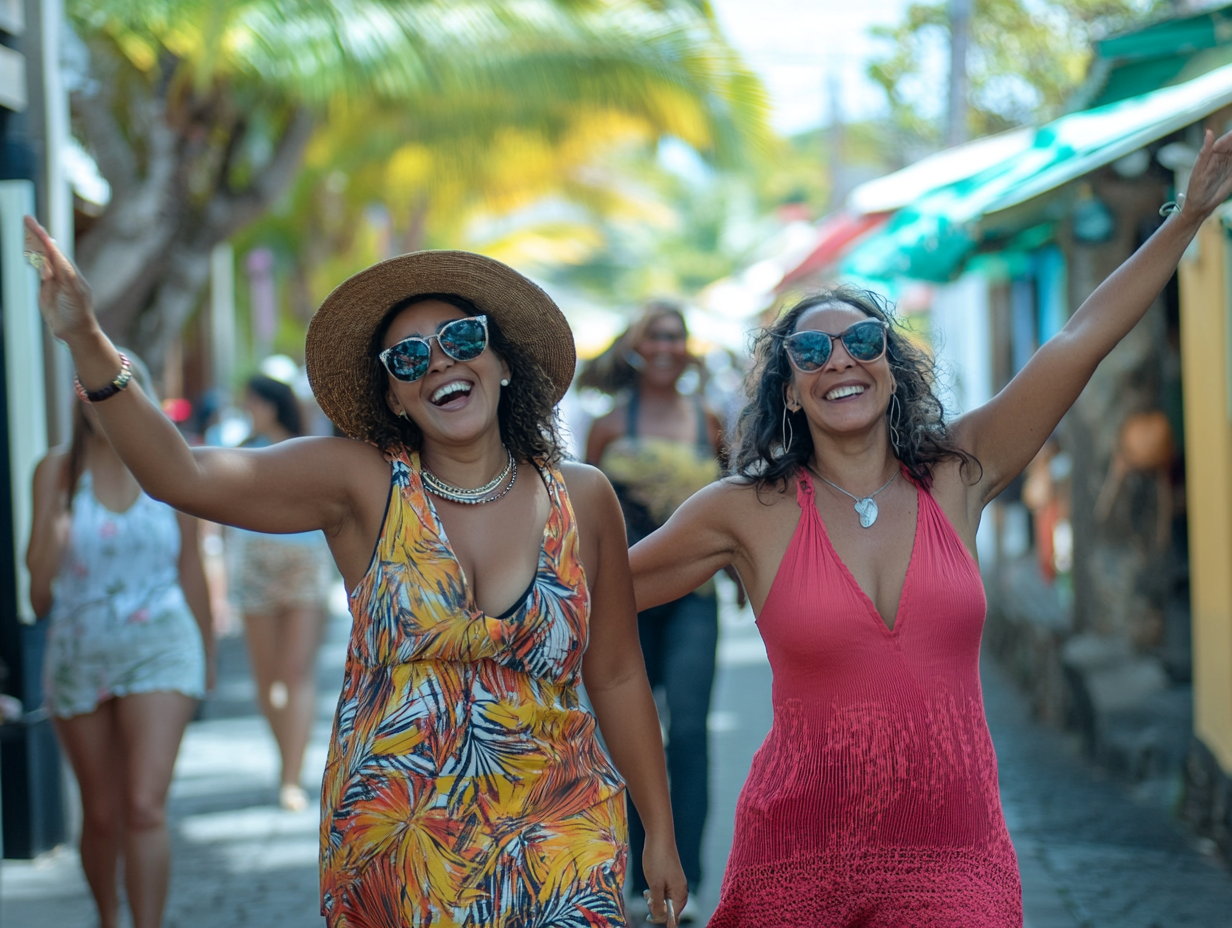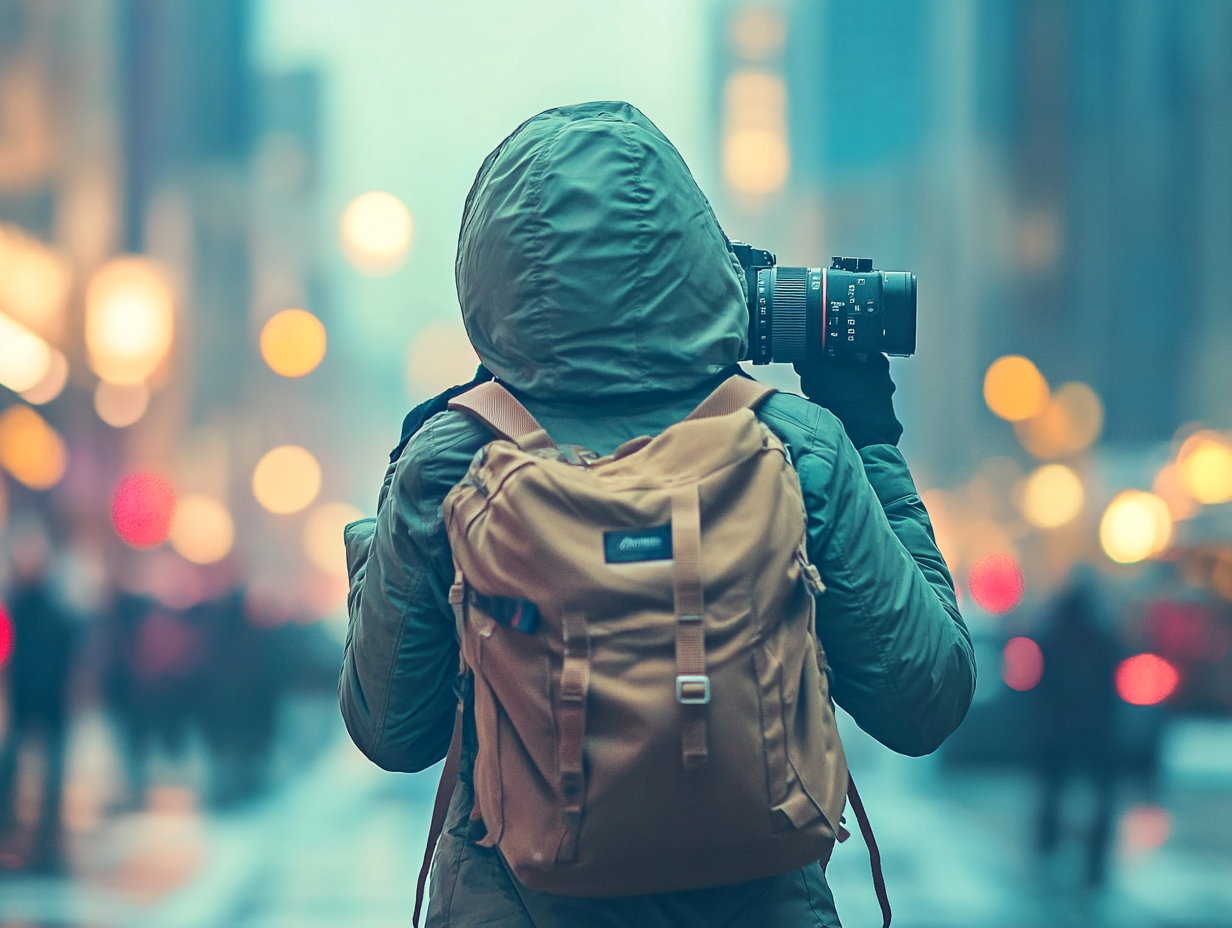Lay the foundation for the adventure of a lifetime with these insider tips.
In less than two decades, the number of foreign travelers arriving in India has more than tripled (from 2.65 million in 2000 to a whopping 8.8 million in 2016) — and the tide of visitors eager to experience the country’s unforgettable culture continues to swell. If you’re one of them, you’re in for an incomparable experience — and you’ve got some serious planning to do. Keep these considerations in mind as you prepare for your trip.
1: Get an E-Visa
Visitors from countries other than Nepal and Bhutan are required to apply for (and obtain) a tourist visa before their arrival in India. Until a few years ago, that meant Americans needed to visit a local consulate; these days, you can apply electronically via the government’s e-Visa web portal. Applicants are instructed to complete the process at least four days prior to travel, but since that process (which rings in at $100 per traveler) can take up to two weeks, it’s advisable to get it out of the way well before you depart. Make sure that your passport has two blank pages for officials’ stamps, and that it will be valid for at least six months (that is, the maximum stay the visa will grant you).
2: Talk to Your Doctor
The CDC recommends verifying that you’re up to date on routine shots and supplementing that immunity with “travel vaccines” for hepatitis A and typhoid, both of which can be contracted through contaminated food and water in India; depending on the areas you’ll be visiting, your health care provider might recommend additional vaccines. They can also offer a personalized “healthy travel packing list,” which could include anything from prescription antibiotics to over-the-counter antacids and diarrhea medications.
3: Drink Bottled Water
Reaching for tap or well water — or ice that’s been made from it, or produce that’s been rinsed with it — is a one-way ticket to what seasoned travelers call “Delhi belly” (that is, severe gastrointestinal distress and, if you’re especially unlucky, a variety of diseases). Health professionals also recommend sticking to bottled or canned drinks, hot coffee or tea, and pasteurized milk.
4: Arrive With Cash
Though many modern vendors now accept digital payment via credit or debit card (with foreign transaction fees), cash remains king in India, and you’ll need it for visits to remote areas, haggling in markets and arranging some forms of transportation. While ATMs are plentiful, they are notorious both for triggering blocks on travelers’ cards and for experiencing mysterious technical issues. Avoid an unplanned tour of your destination city’s local banks by withdrawing a bit of cash at the airport — and keeping your eyes peeled for soiled or damaged notes given as change, as most people will refuse to accept them.
5: Prepare for Pollution
In the winter months — also known as “smog season” — a toxic mix of auto exhaust, dust, industrial emissions, and agricultural smoke blankets northern India, and particulate pollutant levels rise to more than 30 times what the World Health Organization (WHO) deems healthy. Air quality is a significant concern throughout the year, and Indian cities claimed 11 of the 12 top spots on WHO’s recent report on the most polluted cities in the world. Experts recommend avoiding exertion outdoors in the morning and evening, when toxicity in the air tends to spike, and purchasing a proper anti-pollution mask (as flimsy paper surgical masks offer little or no protection).
6: Take Your Time
Delhi, Agra, and Jaipur are known as India’s “Golden Triangle,” and they have well-deserved reputations as spectacular destinations. While they are often mentioned in the same breath, it’s important to consider just how far apart they are: each leg of that celebrated triangle is more than 200 kilometers in length. It’s tempting to barrel across the subcontinent with an eye on your bucket list, but overambitious travel can take a swift and dramatic toll on your energy levels. Build flexibility into your schedule as you plot your course, and give yourself ample opportunity to experience each stop on your itinerary.
7: Factor Traffic Into Your Plans
India’s transport system struggles to keep pace with its explosive growth, and in urban hubs like Delhi, Mumbai, Bangalore and Kolkata — as in cities around the world where demand leaps ahead of infrastructure — gridlock is a fact of life. If you’ve made a firm commitment to be at a specific place at a specific hour, consider your projected travel time…and then consider doubling or tripling it, just in case.
8: Pack Light
At the Taj Mahal, visitors are permitted to carry a bottle of water, a camera, a mobile phone…and that’s about it. Hotels in major cities require guests and their possessions to pass through metal detectors and x-ray scanners. The checked-bag weight allowance for domestic airlines, in turn, is a mere 15 kilograms (as opposed to around 23 kilograms in many Western countries). Bottom line: It’s well worth your time to consolidate your belongings both before you depart for India and as you plan your activities.
9: Expect Attention
Foreigners are a common sight for Indians who hail from urban areas. For Indians from other parts of the country (such as those you’ll encounter as fellow tourists when you visit monuments), they are exotic and extremely popular selfie subjects. While many of the “selfie requests” you’ll field in India are social-media-minded rather than, say, a pretense for pickpocketing, they can quickly become overwhelming; know that if you agree to pose for one photo, the odds are good that you’ll be asked to pose for many, many more.
10: Download WhatsApp
More than 200 million WhatsApp users are active each month in India; it’s far and away the nation’s messenging service of choice. Whether or not you’ve opted for an international mobile phone plan, the free-to-download, internet-based app can be indispensable for everything from making dinner reservations to arranging a meeting point with a guide.



